
While it took a while for Brazil to enter the Second World War, the country’s forces certainly left their mark. The Brazilian Air Force, in particular, showed their strength and skill. During one legendary mission, a rookie pilot not only took out multiple German tanks while flying over Italy, but also flew his Republic P-47 Thunderbolt back to safety, despite the aircraft missing a large portion of its right wing.
Brazil joins the Second World War
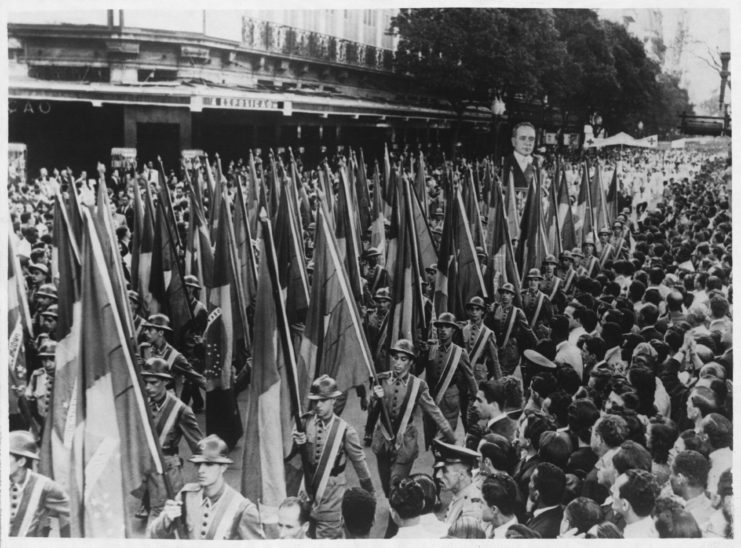
When the United States joined World War II after the Japanese attack on Pearl Harbor, it was only a matter of time before Brazil followed suit. After multiple attacks on shipping vessels and ports by Axis forces, the country finally declared it would join the Allies on August 22, 1942.
Despite promising to send around 100,000 soldiers to aid in the Allied efforts, President Getúlio Vargas only sent around 25,900. The country’s troops were collectively known as the Brazilian Expeditionary Force and were placed under the command of the US.
1st Fighter Aviation Group training
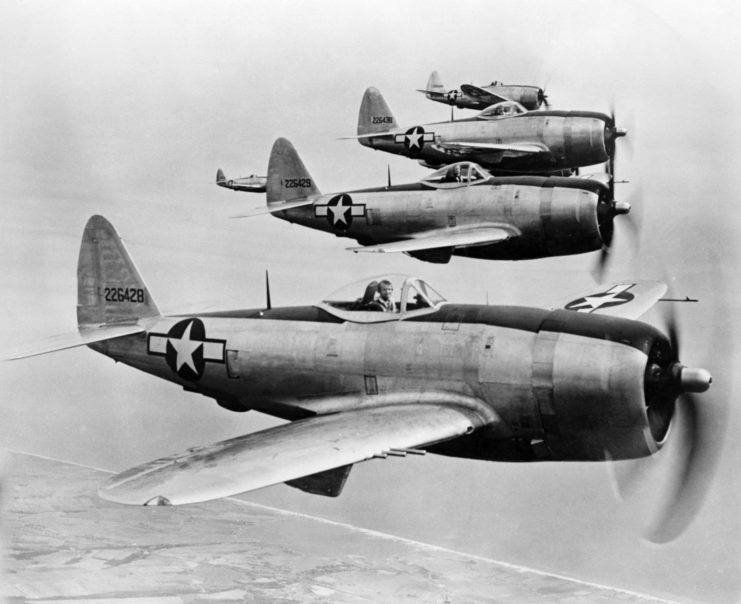
The Brazilian Air Force was created in 1941, but the 1st Fighter Aviation Group wasn’t formed until December 1943. Training began the following month, with pilots traveling to Orlando, Florida and undergoing a 60-hour training program to bring them up to speed on the standards of the United States Army Air Forces (USAAF). They completed this training in Curtiss P-40 Warhawks.
Following this, the 1st Fighter Aviation Group was moved to Aguadulce, Panama, where they began another extensive training program, this time comprising 110 hours. They then transferred back to the US, where they finished their training in the USAAF’s newest fighter aircraft: the Republic P-47 Thunderbolt.
Sent overseas to participate in the Italian Campaign
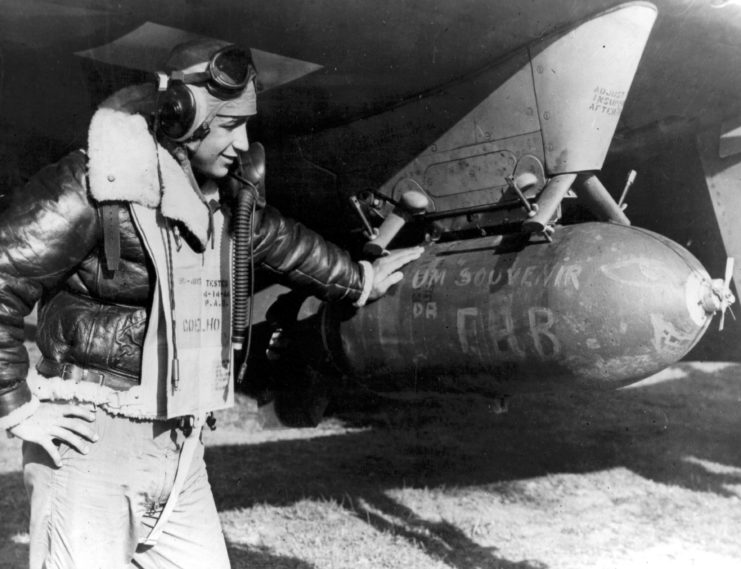
After the pilots had familiarized themselves with the P-47, the 1st Fighter Aviation Group was shipped off to Italy on October 6, 1944. Working in conjunction with the 1st Liaison and Observation Squadron, the men immediately got to work. Shortly after arriving, they launched several attacks against refineries, railways, enemy bases and warehouses. While they largely saw success, one specific mission stood out as being particularly legendary.
Third time is certainly not the charm
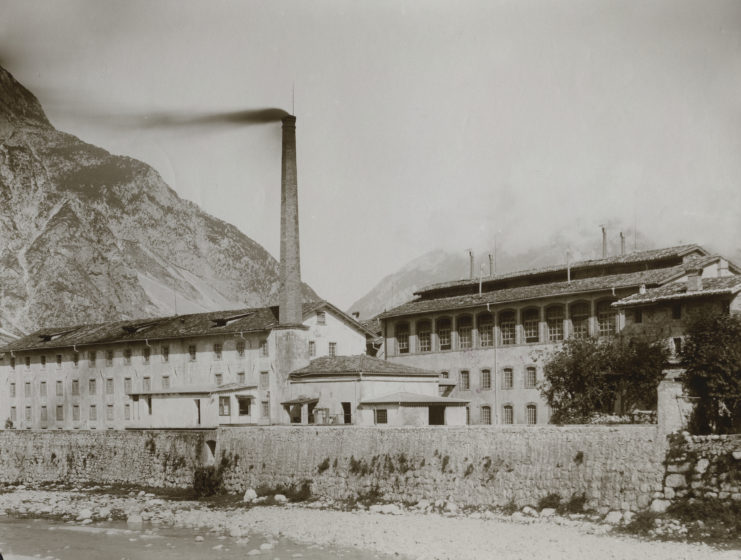
A 20-year-old rookie at the time, Lt. Raymundo da Costa Canário took off at 9:00 AM on January 27, 1945 to complete a ground mission alongside the Mediterranean Allied Air Forces (MAAF), which flew Supermarine Spitfires. The mission: bomb as many German Tiger I tanks as possible while flying over Northern Italy.
That day, visibility was quite poor, but that didn’t stop Canário. After reaching his targets, he made three attack runs. He managed to take out two during the first, but his P-47 suffered damage from ground attacks. During the second, he took out another tank, but, again, he suffered damage, this time to his fuselage.
Surprisingly, the P-47 was still flying adequately, so Canário went for a third attack run. This time, he made a near-fatal mistake.
Flying home with only half a wing
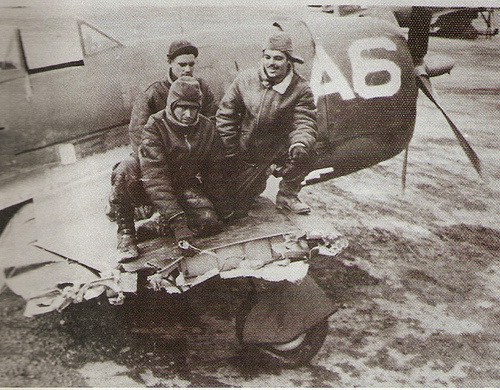
Due to the low visibility, Canário flew into the chimney of an industrial factory, which impacted his right wing. It was a clean cut that took off exactly 128 cm of the wing. Miraculously, the P-47 continued to fly. He made a sharp vertical pull to reach a higher altitude and quickly took cover behind patroling Spitfires.
The radio line was cut as a result of the damage the aircraft had suffered, so Canário couldn’t alert the other pilots that it was him taking cover. Confusing him for an enemy fighter, the Spitfires began to shoot. Eventually, they caught on that Canário was an ally and stopped attacking, but only after damaging his P-47’s tail.
Canário was able to safely land the P-47, which was a testament to both the reliability of the aircraft and his skill as a pilot. While the plane was destined for the scrapyard, Canário insisted it could be repaired, and he wound up flying it for another 50 missions.